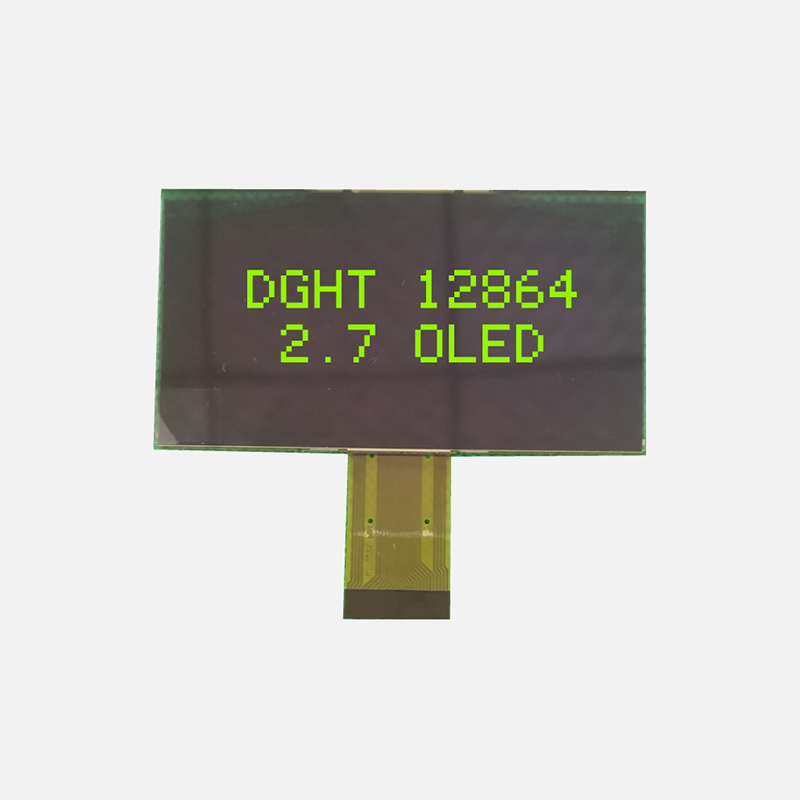What are the difference between PM OLED and AMOLED Displays?
In the world of display technology, two terms that frequently make the rounds are PM OLED and AMOLED. These acronyms might appear cryptic to the uninitiated, but they represent two distinct, groundbreaking technologies that have transformed the way we view content on our screens. If you're in the market for a new smartphone, TV, or other electronic devices, understanding the difference between PM OLED and AMOLED displays can be the key to making an informed decision.
The Foundations: PM OLED and AMOLED Displays
PM OLED (Passive Matrix Organic Light Emitting Diode) Displays
Passive Matrix Organic Light Emitting Diode (PM OLED) displays, a term that might sound complex at first, are renowned for their simplicity in design. These displays utilize a matrix of organic light-emitting diodes to illuminate individual pixels. Here's what you need to know about PM OLED displays:
Structure and Working
PM OLED displays consist of a grid-like pattern of pixels, where each pixel represents a tiny organic diode. When an electrical current is applied to a specific pixel, it emits light, creating the vibrant colors and images you see on your screen. However, this method of addressing pixels is less efficient than its counterpart, AMOLED.
Advantages of PM OLED Displays
Cost-Efficiency: PM OLED displays are generally more cost-effective to produce, making them a popular choice for smaller electronic devices.
Energy Efficiency: These displays consume less power when displaying static images, which is ideal for applications like smartwatches.
Durability: PM OLED displays have excellent lifespan and are resistant to burn-in issues, often seen in other display technologies.
AMOLED (Active Matrix Organic Light Emitting Diode) Displays
Active Matrix Organic Light Emitting Diode (AMOLED) displays are often associated with top-tier smartphones and high-end TVs. Their advanced technology provides vibrant colors and sharp contrasts. Let's explore the intricacies of AMOLED displays:
Structure and Working
AMOLED displays employ a thin-film transistor (TFT) array to control each individual pixel. This technology offers precise control over the pixels' luminance, resulting in richer and more detailed images.
Advantages of AMOLED Displays
Superior Image Quality: AMOLED displays offer unparalleled image quality with deep blacks, high contrast ratios, and vivid colors, making them the go-to choice for flagship smartphones and premium TVs.
Energy Efficiency: AMOLED technology adapts power consumption to the content being displayed, conserving battery life.
Flexibility: AMOLED displays can be made flexible and even curved, allowing for innovative and aesthetically pleasing screen designs.
Key Differences Between PM OLED and AMOLED Displays
Now that we've introduced you to the fundamentals of PM OLED and AMOLED displays, let's break down the key distinctions between these two technologies:
1. Pixel Addressing
PM OLED displays utilize passive matrix addressing, which can be less precise compared to AMOLED's active matrix addressing. This results in slower response times and potentially lower image quality in fast-moving scenes.
2. Image Quality
AMOLED displays outshine PM OLED in image quality. With active matrix addressing, AMOLED technology provides sharper, more vibrant, and lifelike images with higher resolution and contrast.
3. Energy Efficiency
While both display types are energy-efficient, AMOLED displays excel in this department. Their ability to control individual pixel brightness based on content results in better overall energy conservation.
4. Cost
PM OLED displays are more cost-effective to produce, making them suitable for budget-friendly devices, while AMOLED displays are associated with premium products, given their higher production costs.
5. Durability
In terms of durability, PM OLED displays have the edge. They are less prone to issues like screen burn-in and have a longer lifespan compared to AMOLED displays.
Conclusion
In the ever-evolving world of display technology, the choice between PM OLED and AM OLED displays boils down to your specific needs and budget. While PM OLED offers cost-efficient and durable options, AMOLED stands as the pinnacle of image quality, making it the preferred choice for high-end electronics. Whether you're seeking a sleek wearable or a cutting-edge smartphone, understanding these technologies is crucial for making an informed decision. The battle between PM OLED and AMOLED continues to drive innovation and enrich our visual experiences.
240
0
0


Comments
All Comments (0)